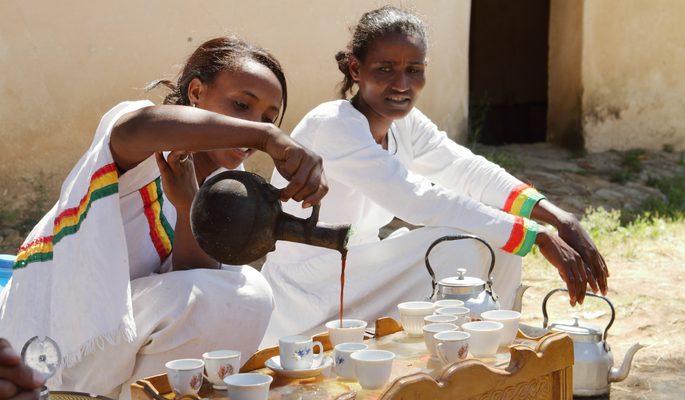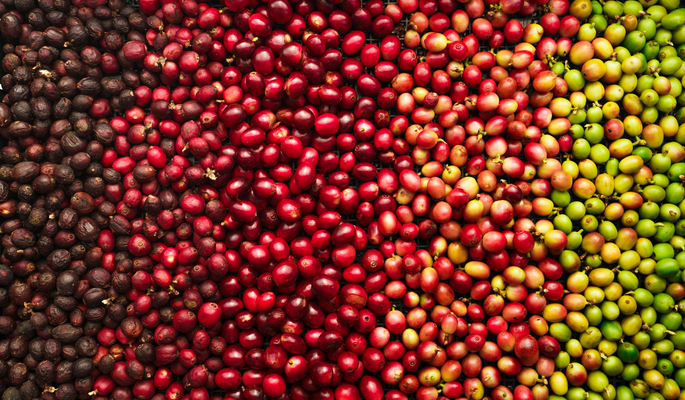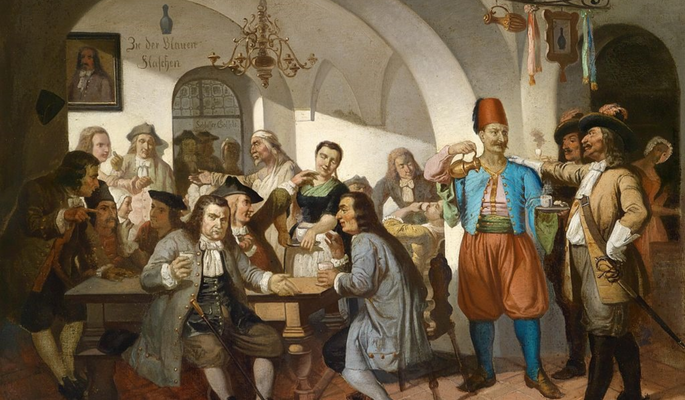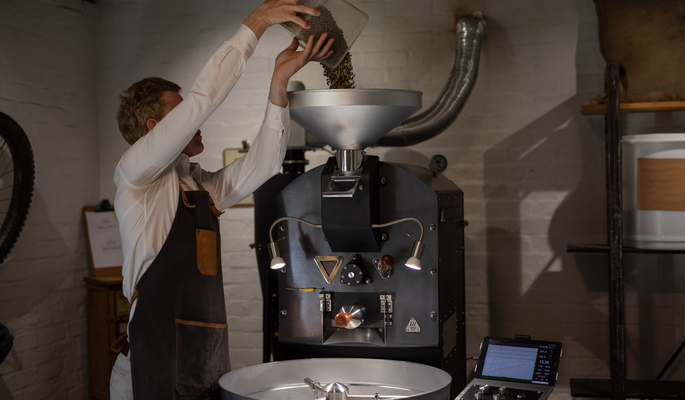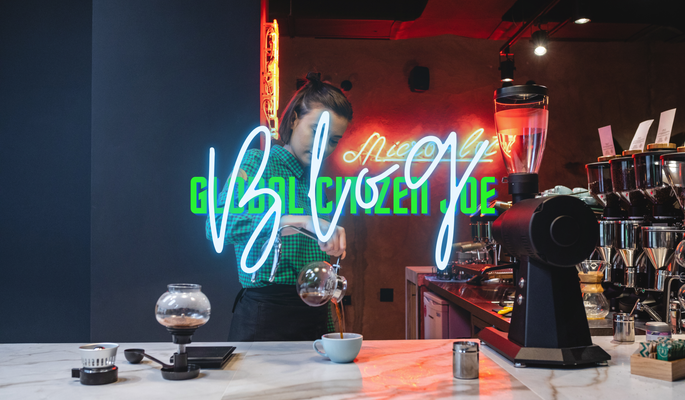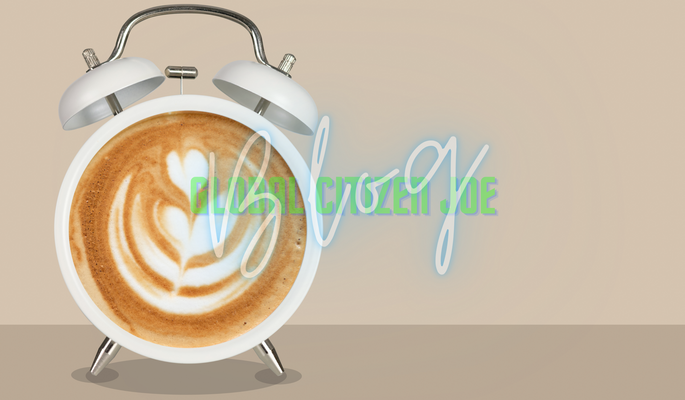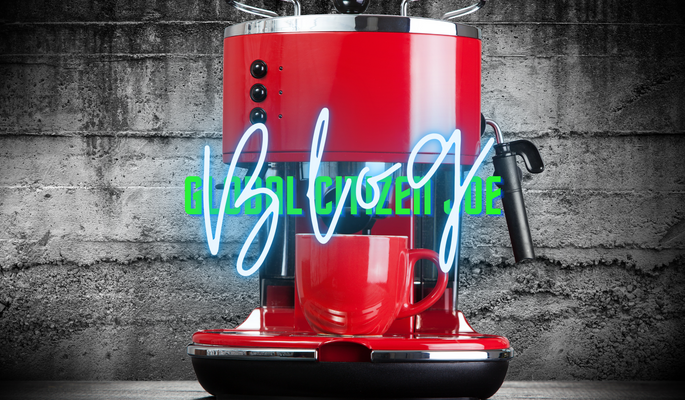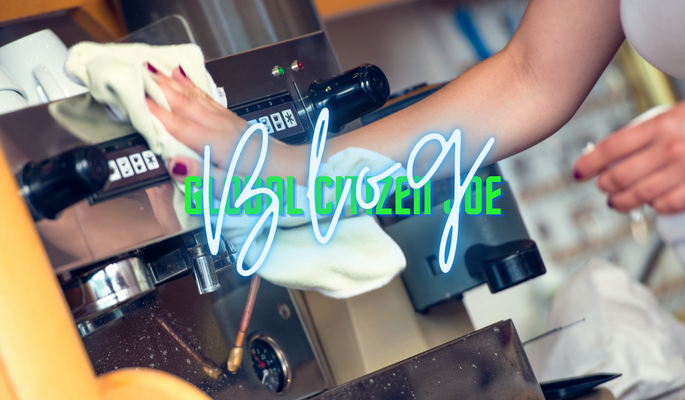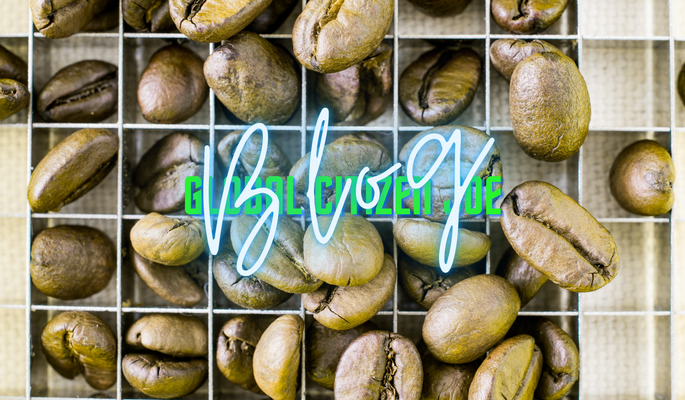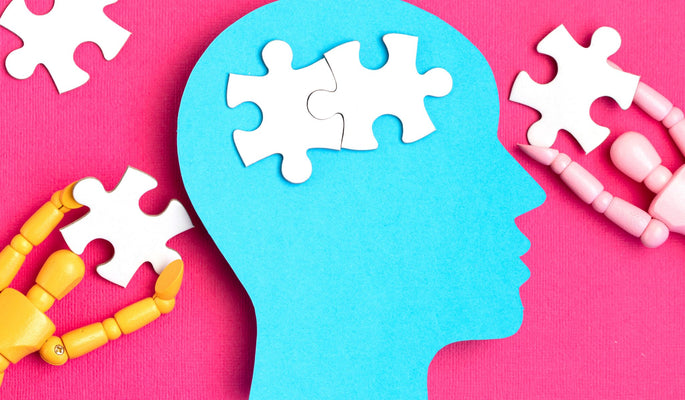#8WONDERS #FIRSTTOUR #DESTINATIONBUNDLES #GIFT
BUY NOWFor our Cafe Earthling single origin, we import only the freshest and finest beans, packing them here in the United States to ensure that no part of the process is wasteful. Although we make our coffee the old fashioned way, there isn’t a species in the universe that can outdo us! Pure awesomeness—saucers recommended!
International Collection
shop nowIf you like your coffee to wake up your senses, and take you on a trip through the stratosphere into the stars—then you’ve just found your coffee. This multi-origin blend takes beans from around the cosmos, and flavors them according to our earthly taste buds. This creates an intergalactic coffee drinking experience that you’ll be excited to wake up to. #ALIEN CONTACT #JAMAICAN RUM FLAVORED #GCJOE
Intergalactic Collection
shop nowOk, so you want that delicious, warming, aromatic sensation that comes with drinking a hot cup of Joe—but you don’t want the caffeine? We’ve got you covered! No Caffeine - offers the same level of quality our customers have come to expect, without the jitters. Enjoy your cup anytime, without worrying about staying up all night. #NO CAFFEINE #MEXICO #GCJOE
Decaffeinated Collection
shop nowIt’s a caffeine-loaded brew, the first of its kind to hit the market where we blend the coffee with Earl Gray tea (yup, we call it Coftea™ for a reason!). Sourced from La Campa Lempira, in western Honduras. It's then blended with natural Earl Gray tea sourced from Calabria, Italy–a sun-baked tea bergamot. Named liquid tar for its pitch black color that testifies high amounts of caffeine to keep you alert, focused and motivated throughout the day. #YOUR EVERYDAY JOE #HONDURAS/CALABRIAITALY #GCJOE
Lifestyles Collection
shop nowIn the Crypto world, it’s all 1’s and 0’s. This delicious, flavorful Fancy Brazilian Roast puts it all into perspective. Crypto never sleeps, neither do coders or Cryptocurrency Traders. With notes of honey, molasses, chocolate, and cashews—you get a rich flavor profile that never lets you down. Even if your favorite meme coin does.#CRYPTOCURRENCY CAFE #BRAZIL #GCJOE
Entrepreneurial Collection
shop nowConnoisseurs know, nothing goes together like some fresh herb and a hot brew. Cannabis Coffee is our effort to blend the two together, into a steaming cup of happiness. This dark roast Jamaica Blue / Hemp Robusta is the perfect buzz to start your day. (GANJA HIGH NOT INCLUDED) Coming Soon!
Space Cadet Collection
shop now#ALLGROUNDS #FTCOLLECTION #GCJOE #FIRSTTOUR #TRAVELERS #8WONDERS #BRANDREVEAL
Go to Collection











































